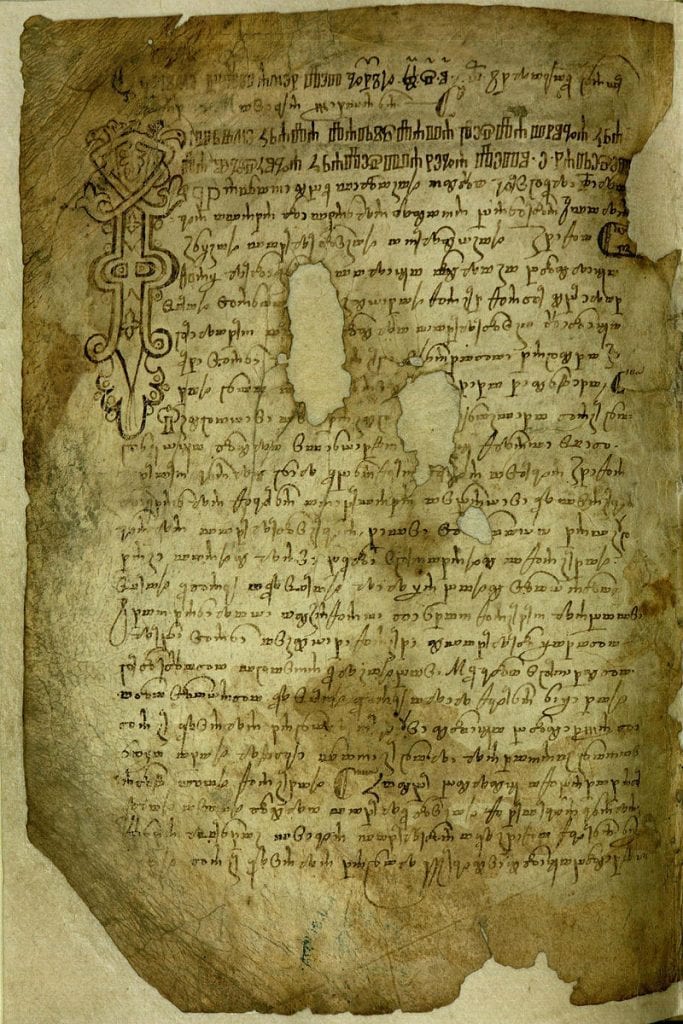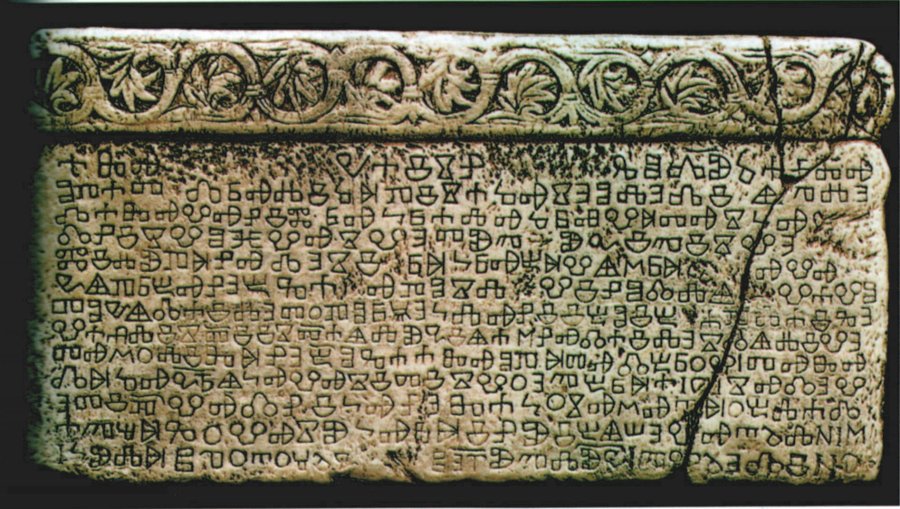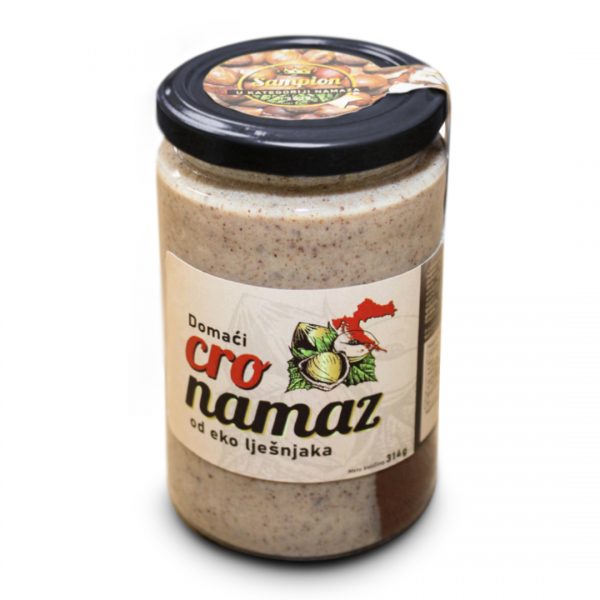The Glagolitic alphabet or Glagolitsa (Croatian: glagoljica) is the oldest known Slavic script which was introduced in mid-9th century and was used in the Slavic world until the 16th century when it was eventually replaced by the Latin script.
It is interesting to note that Glagolitsa was used only in Croatia up until the 19th century, which means it was the official script in Croatia for 1000 years!
It is believed that the creators of Glagolitic characters were the Saint brothers Cyril and Methodius, Christian missionaries from Thessalonica in the Byzantine Empire (now Thessaloniki, Greece). More precisely, the invention of Glagolitic script is attributed to Cyril. It is believed that he devised the script in order to introduce Christianity and writing among the illiterate, pagan Slavic tribes.

Vinodolski zakonik
That`s why the Croats using the Glagolitic alphabet were the only nation in Europe who was given a special permission by Pope Innocent IV (in 1248) to use their own language and this script in liturgy. More precisely, this permission had formally been given to the bishop Philip of Senj.
Baška tablet (Croatian: Bašćanska ploča, from around 1100) is one of the oldest – and probably the most famous – monuments containing Glagolitic inscription.
This monument has great historical significance: It is the oldest known document in which the adjective Croatian (hrvatski) is mentioned, as well as the name of a Croatian ruler in Croatian language (kralj Zvonimir). The document was named after Baška, a town on the island of Krk where it was found. Nowadays it is kept in the Croatian Academy of Sciences and Arts in Zagreb.
Many other monuments speak as witnesses of the time in which the Glagolitic letters were getting through as a companion to the Latin script. In epigraphy, from The Plomin’s Inscription (11th century), The Valun Tablet (11th century), The Krk Inscription (11th century)and in liturgical use, from The Vienna Folia to Vatican missal Illirico 4.
The Croatian Parliament declared the national day dedicated to this gem of Croatia’s cultural heritage and the symbol of Croatia’s national identity precisely on 22 February, the day of the printing of the first Croatian book.


























